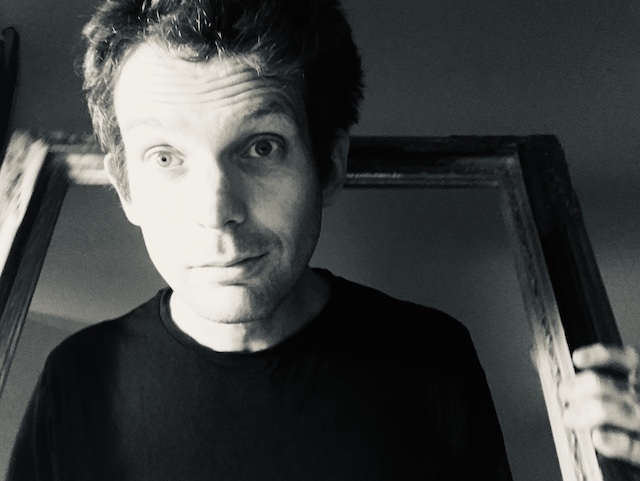Asking what if. It’s my go-to technique for stimulating rapid idea generation in groups. In this post, the latest in my series on creative thinking tools for projects, I am sharing another tool for Turning the Kalideascope. In other words, mixing up what we know about a project to help find new ideas. In this post I explain the thinking and then I share a method for facilitating this approach in groups.
Change the frame
I used to call this technique ‘change the frame’. In social science, a frame is how people understand a situation or activity. We can think of it as how we construct our understanding of a situation. In engineering, many projects are perceived from a ‘cost frame’. People looking at a project from a cost frame build their understanding of the project situation from a perspective of cost. In this situation, cost can be come the guiding concern; the parameter for which we optimise.
Time and quality are other common frames in construction projects. These frames guide our thinking by limiting options, which is helpful in some situations, but unhelpful if you want to establish new thinking.
I used to say to participants in my creativity workshops, what happens when you change the frame? Shift from a frame of cost to abundance; from delivery on time to delivery tomorrow – or delivery in ten years. Then my excellent colleague Ben one day said, Oli, do you mean, ask what if?
Asking what if – rapid-fire idea generation.
Ben’s simple but effective reframing of the question helped turn this technique from a ponderous thought exercise into a rapid-fire approach to generating ideas. This is how we apply it in workshops.
- Gather a group of people together
- People take it in turns to ask the question.
- When it is their turn, they ask what if… and they complete the sentence with a new frame for the project. E.g What if we had no budget? What if we had to build it from Lego? What if the budget were infinite? What if we had to integrate live music? Anything they like in fact.
- Once the question has been posed, the rest of the group have a minute to write down anything that comes to mind from having asked the question.
- After a minute, the next person asks their what if question.
The power of the technique comes at the end. Having filled a piece of paper with outlandish ideas of which they would have never conceived in the original framing of the project, they look for ideas that might possibly work.
To ask what if is to stretch the frame of consideration and to see if there is anything else that could work.
Some psychological grounding for asking what if
In his excellent book Elastic – flexible thinking in a constantly changing world, Leonard Mlodinow describes how only a fraction of our unconscious thought filters through to the conscious mind. What gets filtered out and what passes through depends in part on what we are looking for. In other words, our framing of the problem. I think asking what if works because it changes what we are looking for.


Leave a Reply